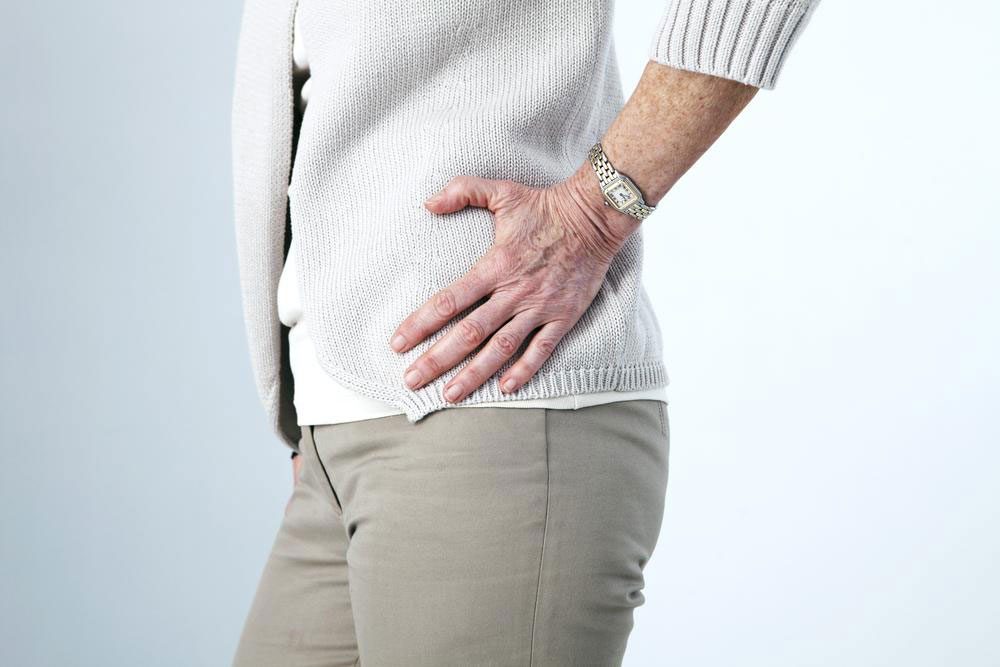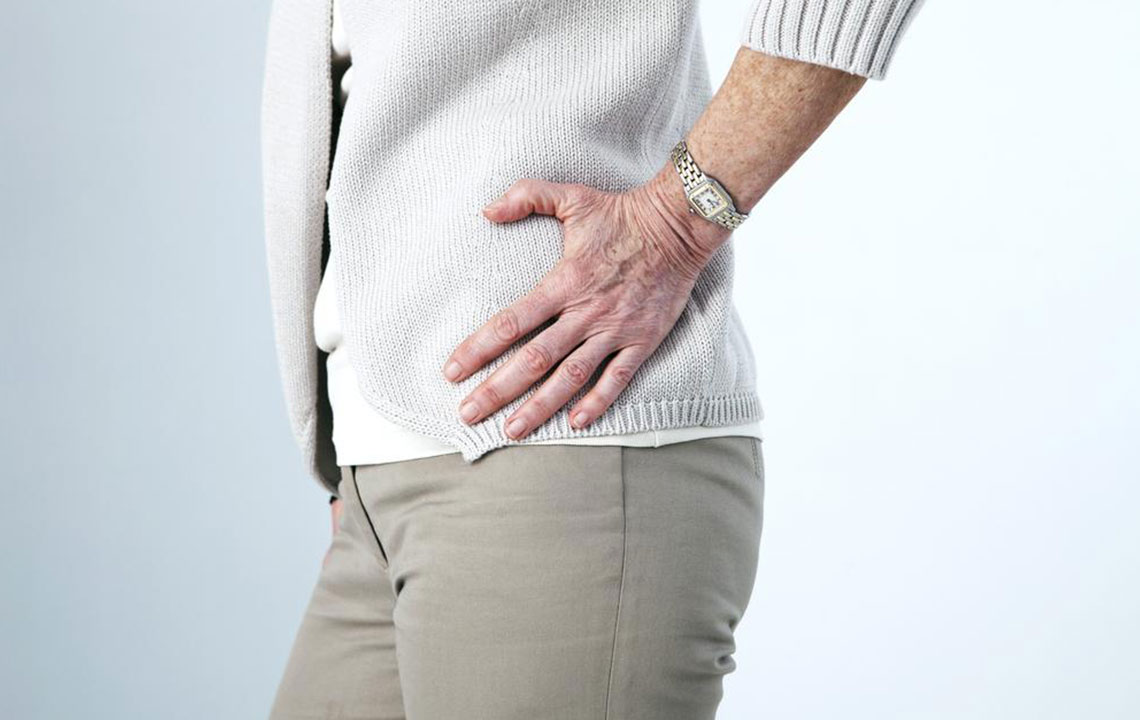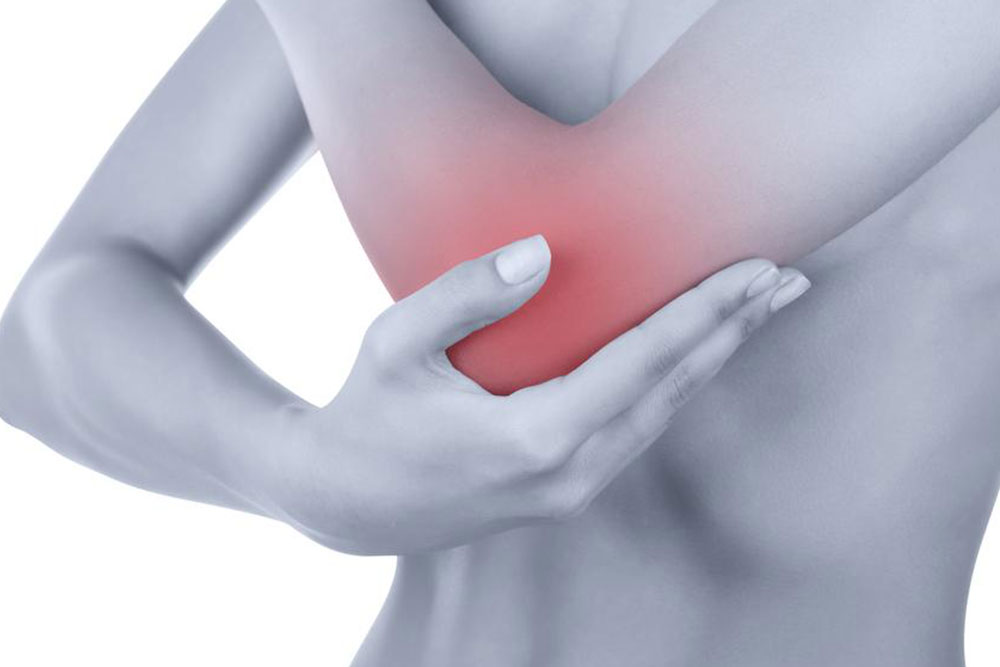Comprehensive Guide to Hip Bursitis: Symptoms, Causes, and Effective Treatment Methods
This comprehensive article explores hip bursitis, including its causes, symptoms, diagnosis, and effective treatment options. It provides valuable insights into preventive measures and long-term management strategies to alleviate pain and improve mobility. Ideal for those experiencing hip discomfort or seeking preventive advice, the article emphasizes early intervention and professional consultation for optimal outcomes.

Understanding Hip Bursitis: Recognizing Symptoms, Identifying Causes, and Exploring Treatment Options
The human hip joint is vital for daily movement, stability, and supporting body weight. However, this essential joint can be vulnerable to various health conditions, with bursitis being one of the common issues affecting many individuals worldwide. Hip bursitis is characterized by inflammation of the bursae — small, fluid-filled sacs located around the joint that serve to cushion and reduce friction between tissues. Recognizing the symptoms and understanding the causes of hip bursitis are crucial steps toward effective management and treatment.
What is Hip Bursitis?
Hip bursitis refers to the inflammation of one or more of the bursae located in and around the hip joint. The bursae act as natural cushions, helping muscles, tendons, and skin glide smoothly over bony prominences during movement. There are two primary bursae in the hip area that are most prone to inflammation:
Trochanteric bursa: located over the outer part of the upper thigh bone (greater trochanter).
Iliopsoas bursa: situated over the front of the hip, near the iliopsoas muscle.
When these bursae become inflamed, individuals experience pain, swelling, and restricted movement, which can significantly impair daily activities.
Common Symptoms of Hip Bursitis
The symptoms of hip bursitis can vary based on the severity and specific bursae affected. Typical signs include:
Pain: Usually localized over the outer or front hip, which may worsen with activity or prolonged pressure.
Swelling and Tenderness: Over the inflamed bursa, sometimes accompanied by warmth and redness.
Limited Range of Motion: Difficulty in movement, especially during activities like walking, climbing stairs, or standing up from a seated position.
Discomfort at Night: Pain that can interfere with sleep, especially when lying on the affected side.
Referred Pain: Possible pain radiating down the thigh or to the groin area.
What Causes Hip Bursitis?
Understanding the root causes of hip bursitis is essential for effective prevention and treatment. Several factors contribute to the development of bursitis in the hip region:
Injury or Trauma: Direct blows, falls, or repetitive trauma to the hip can precipitate bursitis by causing irritation or damage to the bursae.
Repetitive Movements: Activities involving frequent hip flexion, extension, or pressure — such as running, cycling, or prolonged standing — can inflame the bursae.
Biomechanical Abnormalities: Structural issues like leg length discrepancies, abnormal gait, or hip alignment problems can place additional stress on the bursae.
Autoimmune Diseases: Conditions like rheumatoid arthritis and bursitis resulting from systemic inflammatory responses.
Gout and Crystal Deposits: Uric acid crystal accumulation can inflame bursae, especially in individuals with gout.
Previous Hip Surgery or Prosthesis: Surgical interventions may alter joint mechanics and increase the risk of bursitis.
Who is at Higher Risk?
While hip bursitis can affect anyone, some populations are more vulnerable:
Age Group: Adults aged between 40 and 70 years are more frequently affected due to degenerative changes and decreased tissue resilience.
Gender: Women tend to have a higher incidence, possibly related to anatomical and hormonal factors.
Individuals with Biomechanical Issues: Those with abnormal gait patterns or leg length discrepancies.
People with Previous Hip Injuries or Surgeries: Altered anatomy or scar tissue can predispose to bursitis.
Diagnosing Hip Bursitis
Accurate diagnosis is critical for proper treatment. Healthcare providers typically rely on a combination of:
Physical Examination: Assessing tenderness, swelling, range of motion, and gait abnormalities.
Imaging Tests: X-rays help rule out other causes like fractures or arthritis, while ultrasound can visualize inflammation of bursae directly. Magnetic Resonance Imaging (MRI) provides detailed views of soft tissue structures, confirming bursitis or detecting other underlying conditions.
Laboratory Tests: Blood tests if infection or autoimmune conditions are suspected.
Effective Treatment Strategies for Hip Bursitis
Managing hip bursitis involves a multidisciplinary approach tailored to the severity of the condition and underlying causes. Treatment options include:
Rest and Activity Modification: Avoid activities that exacerbate pain, such as prolonged standing or repetitive movements.
Ice Therapy: Applying ice packs during the first 48 hours helps reduce inflammation and pain.
Medications: Non-steroidal anti-inflammatory drugs (NSAIDs) like ibuprofen or naproxen are commonly prescribed to alleviate symptoms.
Physical Therapy: Exercises aimed at strengthening the hip muscles, improving flexibility, and correcting gait issues can prevent recurrence.
Injections: Corticosteroid injections directly into the affected bursae can dramatically reduce inflammation and pain.
Addressing Underlying Causes: Correcting biomechanics with orthotics, managing autoimmune conditions, or treating gout can be essential for long-term relief.
Surgical Intervention: In persistent or severe cases, procedures such as bursectomy (removing the inflamed bursa) or hip reconstructive surgery might be necessary.
Prevention Tips for Hip Bursitis
Prevention is always preferable to treatment. To reduce the risk of developing bursitis, consider these strategies:
Engage in regular stretching and strengthening exercises focusing on the hips and surrounding muscles.
Maintain proper biomechanics and gait patterns; consider consulting a physical therapist for personalized advice.
Gradually increase activity levels, especially when starting new sports or physical routines.
Wear appropriate footwear that provides good support during physical activity.
Avoid repetitive pressure or knocks to the hip area.
Manage underlying health conditions such as arthritis, gout, or autoimmune disorders proactively.
Living with Hip Bursitis: Coping and Long-term Management
While hip bursitis can cause significant discomfort, most cases respond well to conservative treatment. Patients are encouraged to adopt lifestyle modifications, stay consistent with physical therapy, and follow medical advice to prevent recurrences. Persistent symptoms may warrant further investigation or advanced treatment options. Recognizing early signs and seeking prompt medical attention can make a substantial difference in outcomes, enabling individuals to resume their normal activities with minimal interruption.
Conclusion
Hip bursitis is a common condition affecting many individuals, especially middle-aged and older adults, as well as those with certain biomechanical or health issues. Understanding the causes, recognizing the symptoms, and knowing effective treatment options can significantly improve quality of life. Advances in diagnostic tools and minimally invasive therapies have enhanced the management of bursitis, offering hope for quick recovery and prevention of future episodes. If you experience persistent hip pain or stiffness, consult a healthcare professional for accurate diagnosis and personalized treatment plan.




